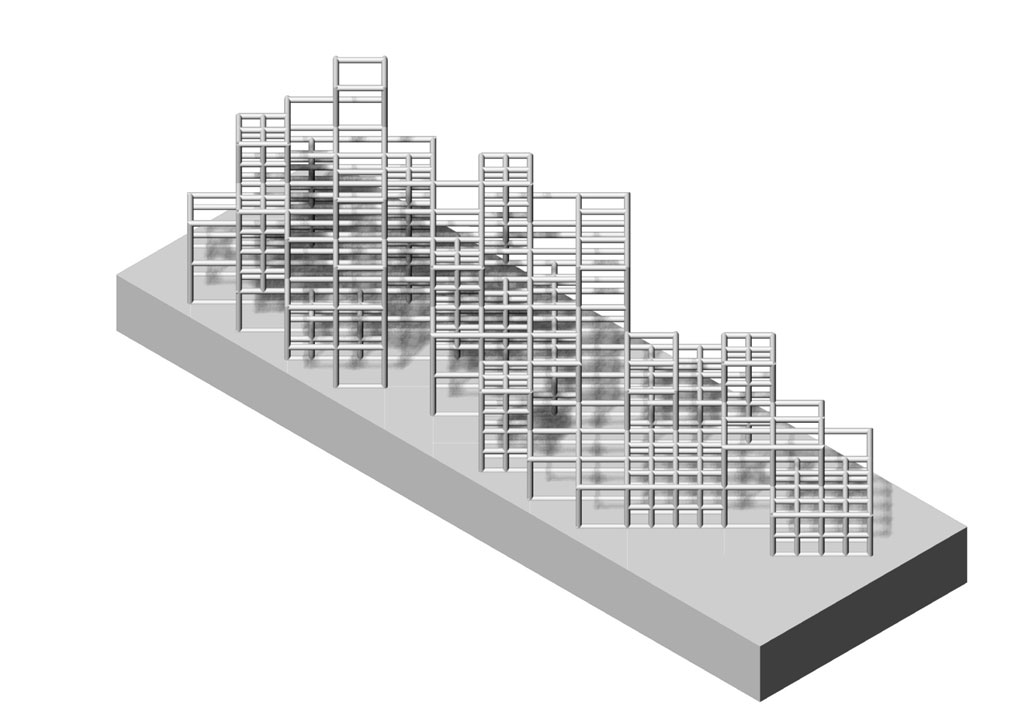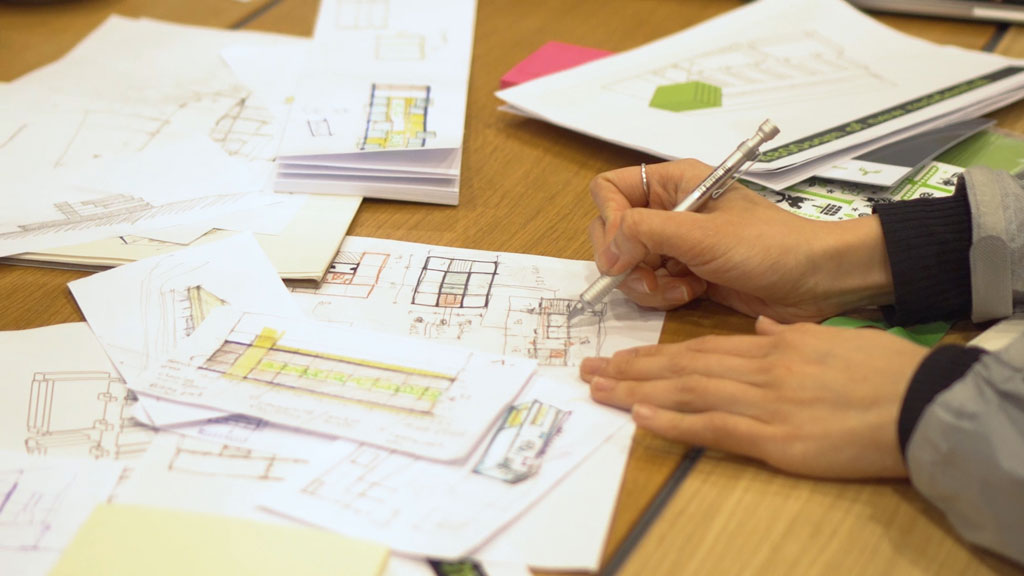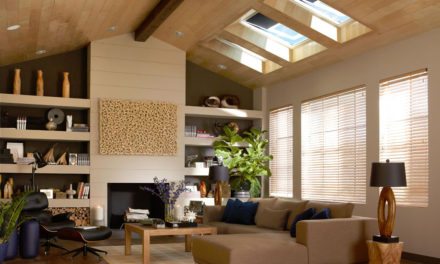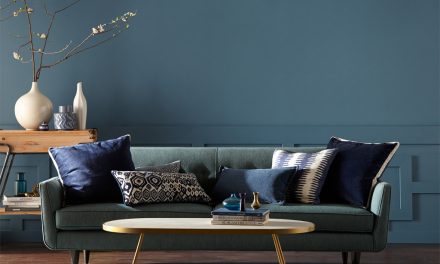The second Open Source Wood Hackathon took place at Metsä Group’s headquarters in Espoo on 27 March. Two world-class architecture universities met with the aim of developing innovative solutions for residential wooden extensions. The hackathon is part of Metsä Wood’s Open Source Wood initiative aiming to increase openness and global collaboration to make wood construction grow.

The winning design, called Matrix, introduced a modular plan for residential housing using flexible living units with sliding floor and wall panels.
Altogether, 30 architecture students and professors from the Massachusetts Institute of Technology and Aalto University in Finland took part in the Hackathon. Students were divided into teams with a concrete and challenging mission: to design residential living units on top of an existing car park in a prominent location. The assignment was to use engineered Kerto® LVL products and finish the design in just six hours.
Andrew Scott, Professor of Architecture at MIT, was excited about the collaboration. “It has been interesting to be exposed to Metsä Wood’s open source idea about wood construction. Our task as architects is now to interpret that. By seeing how Kerto® LVL is produced from the forest to the production plant, we got a much better idea of how big it can be! Our role in the education of the architect at MIT is to try leverage the interest for wood construction and bring it more to the fore. Seeing new technology and getting new ideas about prefabrication was very valuable for our architectural design studio.”
The leader of the Wood Program at Aalto University agrees about the importance of sharing in architecture. “I think not sharing is good way of stopping development. In our educational work, we always look for the solutions that have already been made. Utilizing something already invented is not copying, it’s a wise way to develop your own design. This hackathon was a great opportunity for all of us to learn. Building extensions is a topical issue, and even just one good idea per day is a great achievement,” says Professor Pekka Heikkinen.

Photo: Petteri Kari
At the end of the day, all the teams presented the fruits of their co-operation. The winning design, called Matrix, introduced a modular plan for residential housing using flexible living units with sliding floor and wall panels.

Get a taste of the Hackathon’s creative collaboration: https://www.youtube.com/watch?v=UpIF4b3AmyE
By creating an open innovation platform around modular wood construction, Metsä Wood is aiming to connect the local wood construction industry with global knowledge to facilitate innovation, collaboration and growth.
Read more at opensourcewood.com





